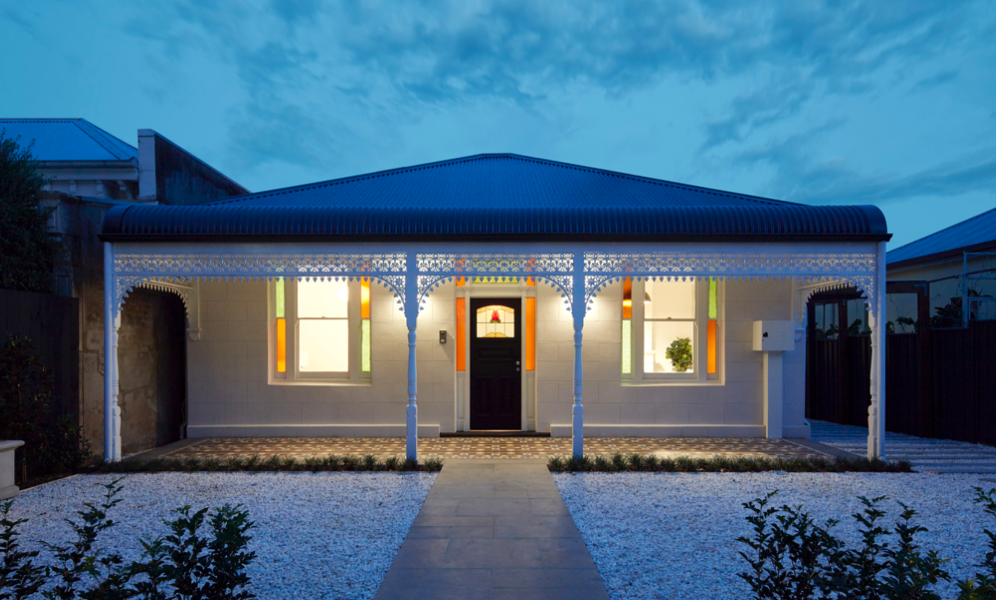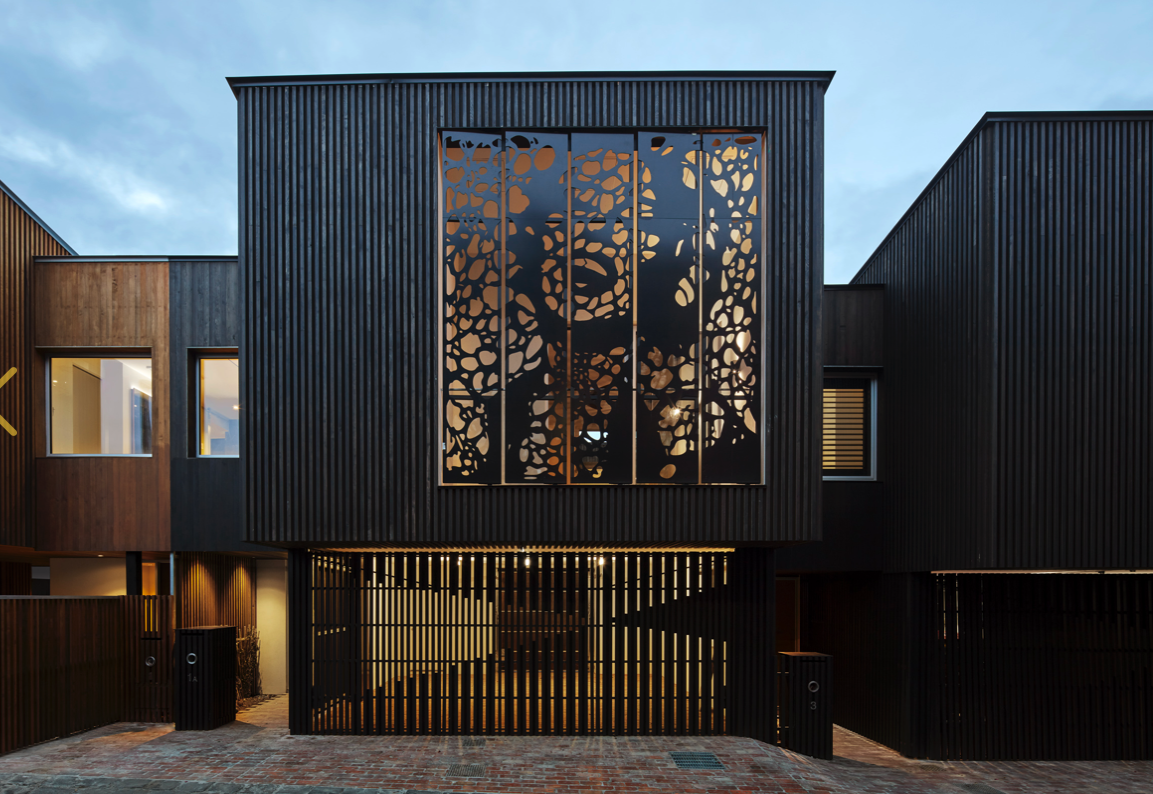Podcast: Play in new window | Download | Embed

Felicity and Marc Bernstein met at architecture school in Germany and have been working together since. During the last twenty years they’ve worked in Germany, Arabia and Australia. They now want to use modular design to bring high performance, zero-carbon homes to the masses. Felicity and Marc have recently launched Hütt – Tomorrow’s House Today to achieve their vision. Through the crowd equity funding platform Birchal, they’re inviting everyone to join the movement.
Catching up with the rest of the World
I’ve heard it said that New Zealand and Australia are twenty to thirty years behind Europe and North America, in terms of building design. Felicity’s estimate is more like fifty years.
Twenty years ago, one of Felicity’s first projects was a low energy house she designed for her parents. Despite being in Germany with much less sunshine than Australia or New Zealand, the house hardly needs any heating or cooling. It was also largely prefabricated.
As we approach 2020, we’re not ‘innovating’ with prefabrication and low energy, high performance building here in the Southern Hemisphere – we’re just catching up.

Land of Sunshine and Opportunity
It was lifestyle and wanting to learn about new places through architecture that originally brought Felicity and Marc to Australia. They stayed because of the sun and the opportunity.
Based on their training and experience designing comfortable, healthy homes in much harsher climates, Felicity explains that it’s pretty easy to build a good home in Australia. The walls don’t have to be as thick because not as much insulation is needed. Airtight and vapour permeable membranes are still relevant though, and with a little know-how, it’s easy to achieve a good, healthy home.
Learning from Others’ Mistakes
Buildings haven’t always been healthy, comfortable and efficient in Germany. Post World War II and through to the 1970s, a lot of building was done fairly quickly to satisfy demand. Building fast didn’t produce great quality.
Then in the late 1970s as oil prices rose along with environmental awareness, more and more insulation was added to buildings to improve energy efficiency.
Combined with increasingly airtight windows and doors, people in Germany started to realise in the 1980s that there was something wrong with their buildings. It became apparent that ventilation and moisture control were going to be needed to avoid moisture and mould problems. (Prof. Dr. Künzel explained this progression as the genesis of WUFI® – see episode 180.)
The science of moisture control found its way into architecture school. Felicity and Marc learnt how to calculate the risk of condensation and mould when they were architecture students in the 1990s. They knew what to look out for. They were taught how to specify appropriate membranes and materials to design structures that would dry out over time.
This is where we now find ourselves here in New Zealand and Australia.
Felicity says that it’s great to see the awareness and demand for better buildings growing in Australia. She understands through her experience and training however, that it’s not just a matter of adding more insulation and avoiding toxic materials. We need to understand vapour, moisture control and ventilation.
Quality over Quantity
Australia and New Zealand are also going a bit crazy with house size. Felicity says that most people don’t need bigger, they just need better design.

Focus on quality of space rather than quantity
Getting Permission for High Performance
At Melbourne Design Studios, Felicity and Marc have found that talking to Council and neighbours early is a great way of ensuring building permission for a project. Felicity says that most people want to do what’s good for them, good for others and good for the environment. If this is explained and discussed early in the design process, it can smooth out and speed up the building permission process.
Having a good relationship with council and neighbours is particularly important when you’re using materials and design details that are locally unfamiliar.
Hütt – Tomorrow’s House Today
Felicity and Marc are now launching Hütt to create a high quality brand. Hütt will use modular construction to produce zero-carbon, high performance homes. And they’re inviting you to be part of the movement.
Be Part of Hütt
Hütt is being developed as a crowd funding project through the Birchal platform. To find out more, check out Hütt.com.au.


Leave a Reply